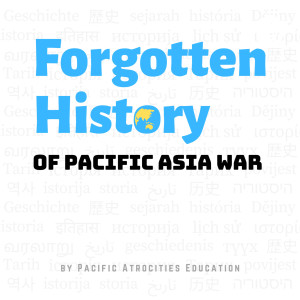
In March 1942, Japan seized control of the lower region of Burma by taking the city of Rangoon. Rangoon, now known as Yangon, was Burma’s administrative and commercial capital. The city was a crucial communication and industrial center in Burma and had the only port capable of handling troopships. Perhaps most importantly, strategically, the Burma Road began in Rangoon and allowed for a steady stream of military aid to be transported from Burma to Nationalist China. This supply route was essential for both Chiang Kai Shek’s armies as well as allied forces in the region. As a result, the fall of Rangoon to the Japanese had significant consequences.
References
1. Bernstein, Marc D. “The 17th Indian Division in Burma: Disaster on the Sittang.” Warfare History Network, 14 Nov. 2018, https://warfarehistorynetwork.com/daily/wwii/the-17th-indian-division-in-burma-disaster-on-the-sittang/.
2. “Burma, 1942.” U.S. Army Center of Military History, 3 Oct. 2003,
3. https://history.army.mil/brochures/burma42/burma42.htm.
4. Hickey, Michael. “The Burma Campaign 1941 - 1945.” BBC, 17 Feb. 2011, https://www.bbc.co.uk/history/worldwars/wwtwo/burma_campaign_01.shtml.
5. McLynn, Frank. The Burma Campaign: Disaster into Triumph, 1942-45. Yale University Press, New Haven, 2008.
--- Support this podcast: https://podcasters.spotify.com/pod/show/pacific-atrocities-education/supportMore Episodes
 2020-12-01
2020-12-01
 2020-11-20
2020-11-20
 2020-10-30
2020-10-30
 2020-10-09
2020-10-09
Create your
podcast in
minutes
- Full-featured podcast site
- Unlimited storage and bandwidth
- Comprehensive podcast stats
- Distribute to Apple Podcasts, Spotify, and more
- Make money with your podcast
It is Free
- Privacy Policy
- Cookie Policy
- Terms of Use
- Consent Preferences
- Copyright © 2015-2024 Podbean.com





